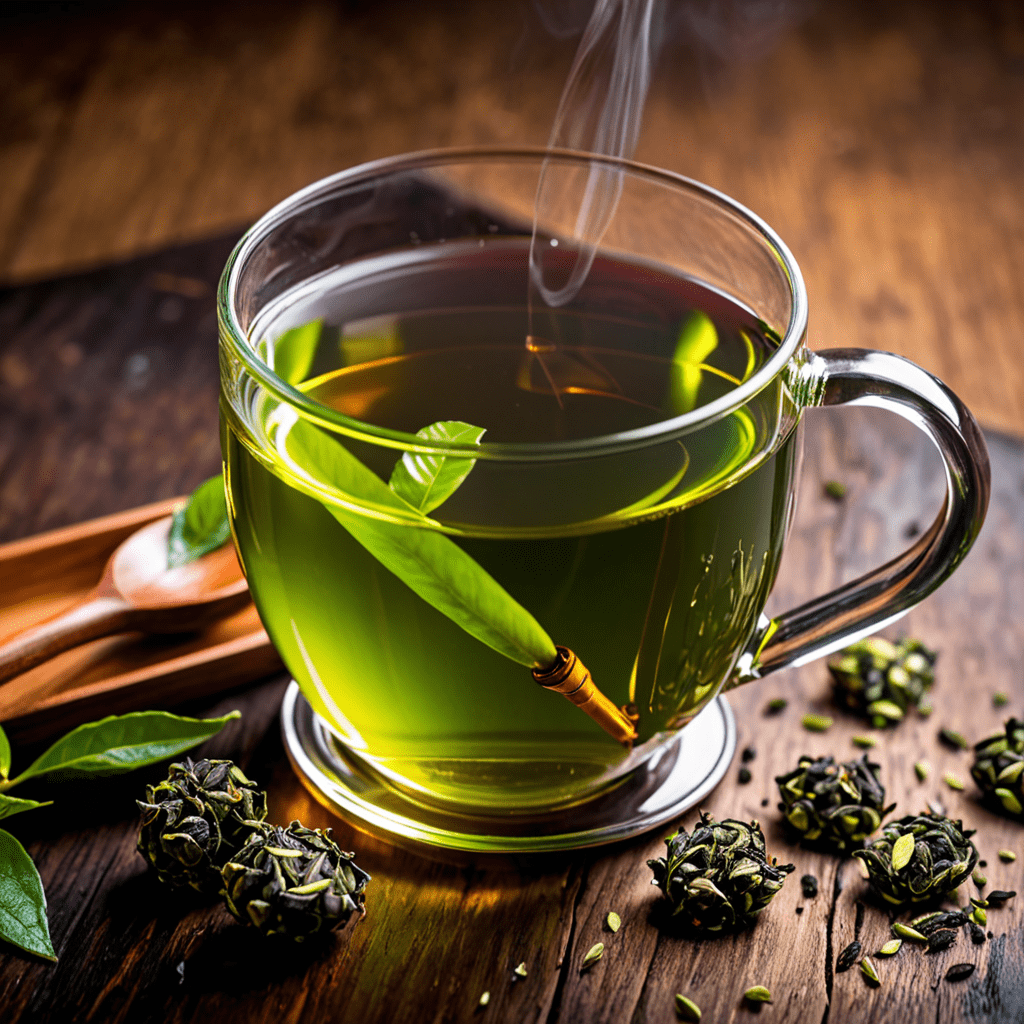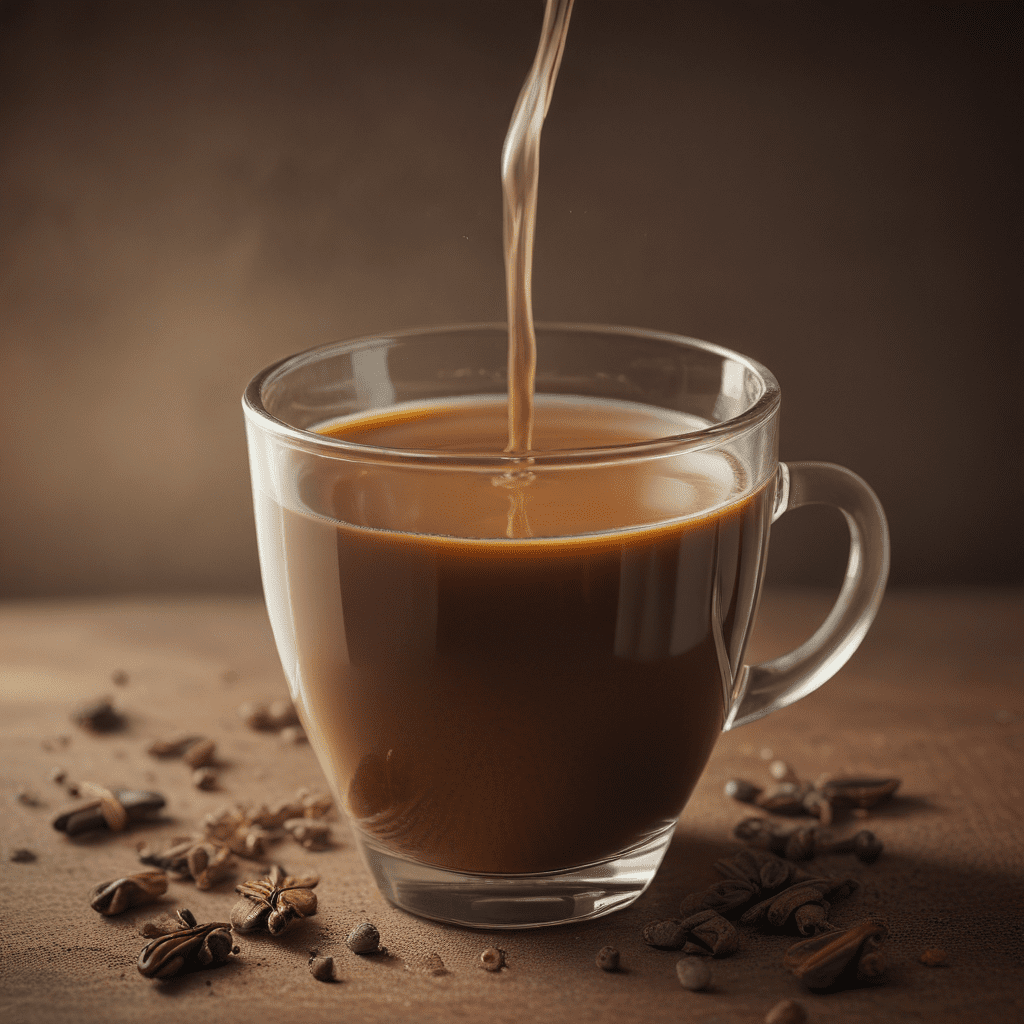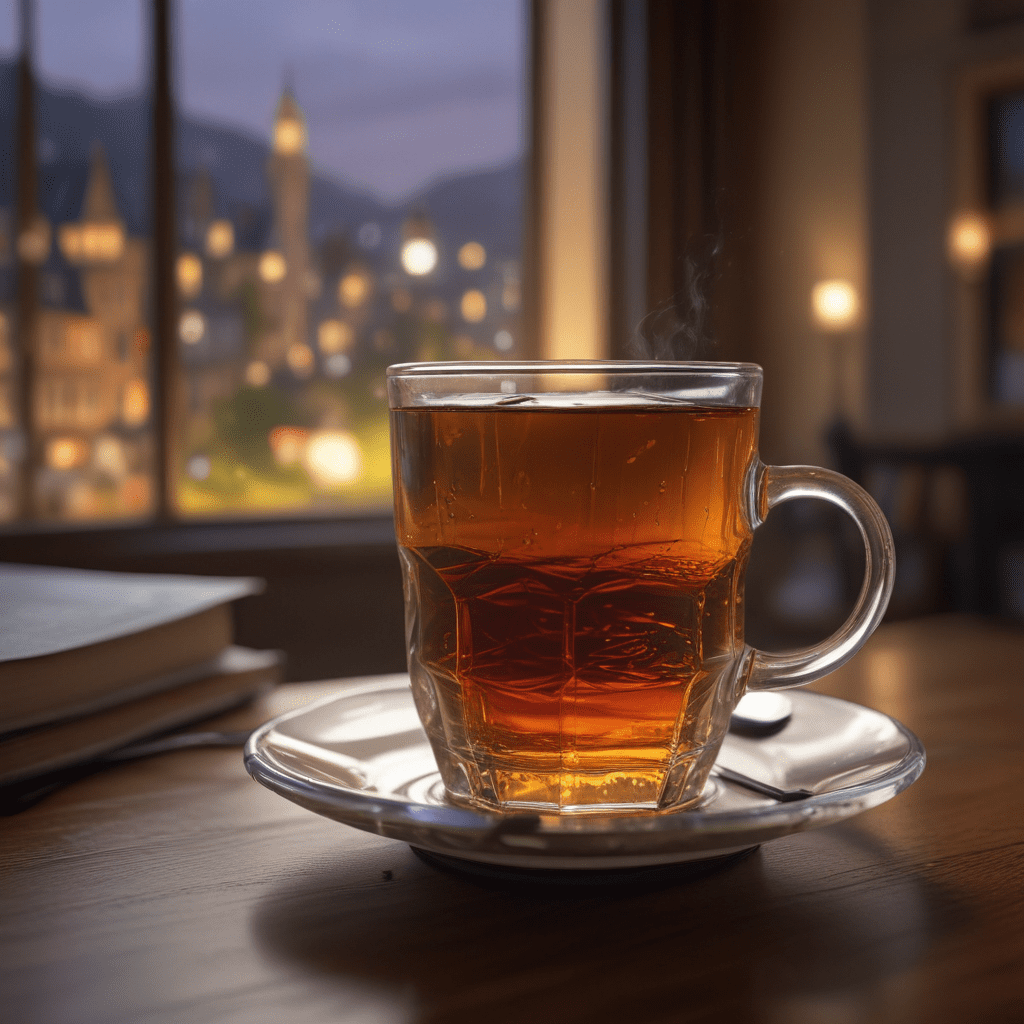
The Perfect Water Temperature for Brewing Green Tea
Introduction
When it comes to brewing green tea, one of the most important factors to consider is the water temperature. The right temperature can make all the difference in the taste and quality of your tea. In this article, we will discuss the ideal water temperature for brewing green tea, as well as the impact it has on the flavor and health benefits of this popular beverage.
Why Water Temperature Matters
Water temperature plays a crucial role in unlocking the delicate flavors and beneficial compounds present in green tea leaves. If the water is too hot, it can scorch the leaves and result in a bitter and unpleasant taste. On the other hand, if the water is too cool, it may not extract enough of the tea’s flavor and aroma, leaving you with a weak and lackluster brew.
Recommended Water Temperature
The optimal water temperature for brewing green tea varies depending on the specific type of green tea you are using. As a general guideline, however, a temperature range of 160°F (70°C) to 180°F (82°C) is often recommended.
Brewing Tips for Different Green Teas
While the recommended temperature range is a good starting point, certain types of green tea may require slight temperature adjustments to achieve the best results. Here are some guidelines for brewing different varieties of green tea:
Sencha Green Tea
Sencha, a popular Japanese green tea, is best brewed at a water temperature of around 160°F (70°C) to 170°F (77°C). This temperature range helps bring out the refreshing grassy notes and sweet umami flavors of the tea.
Matcha Green Tea
Matcha, a powdered green tea commonly used in Japanese tea ceremonies, is traditionally prepared with hot water at a temperature of about 175°F (80°C). This slightly higher temperature helps to fully dissolve and emulsify the powdered tea, creating a rich and creamy texture.
Dragon Well Green Tea
Dragon Well, also known as Longjing, is a famous Chinese green tea. To bring out the tea’s smooth and nutty flavors, steep the leaves in water heated to around 170°F (77°C) to 180°F (82°C).
Gyokuro Green Tea
Gyokuro, a high-grade Japanese green tea, requires a lower water temperature to balance its intense sweetness and minimize bitterness. The ideal range for brewing Gyokuro is between 122°F (50°C) to 140°F (60°C).
FAQ
1. Can I use boiling water to brew green tea?
Using boiling water can result in a bitter and astringent brew, especially for more delicate green teas. It’s best to avoid using boiling water and opt for a lower temperature within the recommended range.
2. How can I control the water temperature for brewing green tea?
To control the water temperature, you can use a thermometer or an electric kettle with adjustable temperature settings. Alternatively, you can bring the water to a boil and then let it cool for a few minutes before brewing.
3. What if I don’t have a thermometer or an electric kettle with temperature control?
If you don’t have a thermometer or a temperature-controlled kettle, you can simply boil the water and let it sit for a few minutes to allow the temperature to cool slightly before pouring it over the tea leaves.
4. Are there any green teas that require higher water temperatures?
While most green teas benefit from lower water temperatures, some varieties like certain roasted green teas or herbal blends may require slightly higher temperatures for proper infusion. It’s always best to refer to the specific brewing instructions for the type of tea you are using.
5. Can I reuse the same water for multiple infusions?
Yes, green tea leaves can often be steeped multiple times. However, for each subsequent infusion, it is recommended to increase the water temperature slightly to extract the remaining flavors and benefits from the leaves.
6. What other factors can affect the taste of green tea?
In addition to water temperature, factors such as steeping time, tea-to-water ratio, and the quality of the tea leaves can also significantly impact the taste of green tea. Experimenting with these variables can help you find the perfect balance and create a brew that suits your preferences.
Conclusion:
By paying attention to the water temperature when brewing green tea, you can enhance its flavors and enjoy a truly delightful tea experience. Remember that while the recommended temperature ranges provide a good starting point, adjusting the temperature to suit specific green tea varieties can result in even better results. Enjoy the subtle nuances and health benefits of green tea by getting the water temperature just right!

